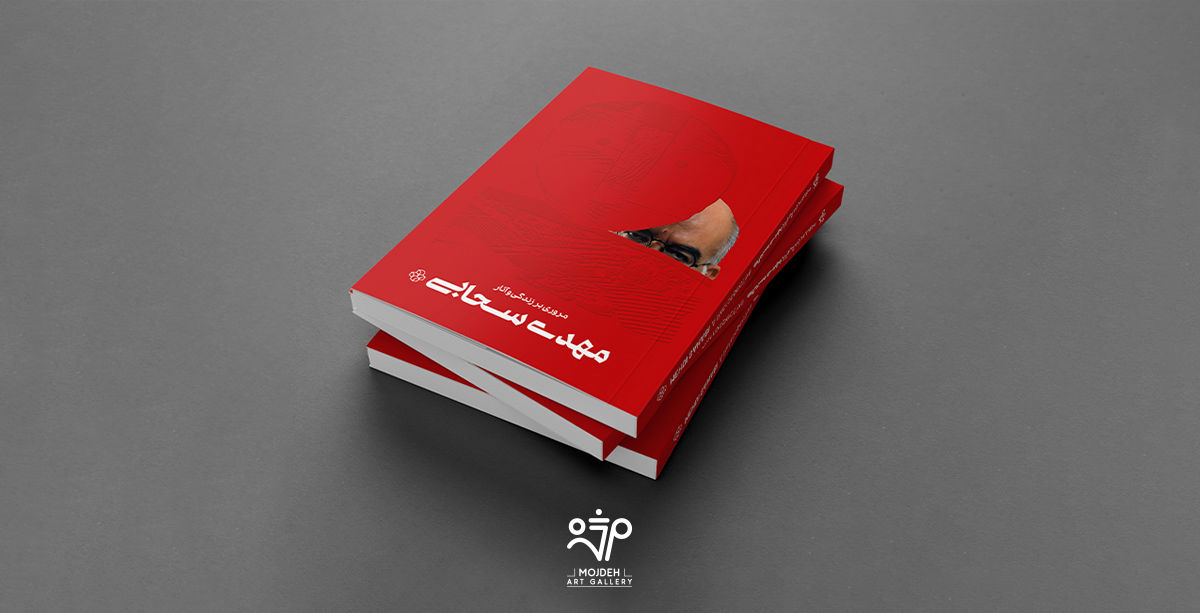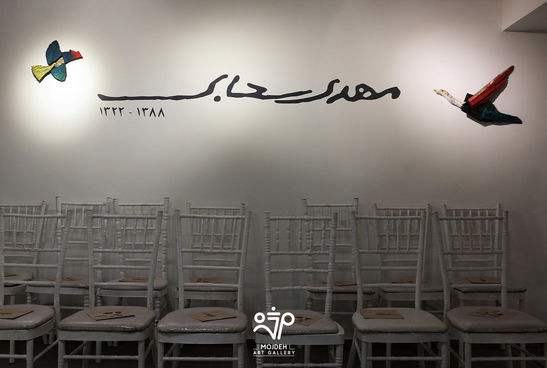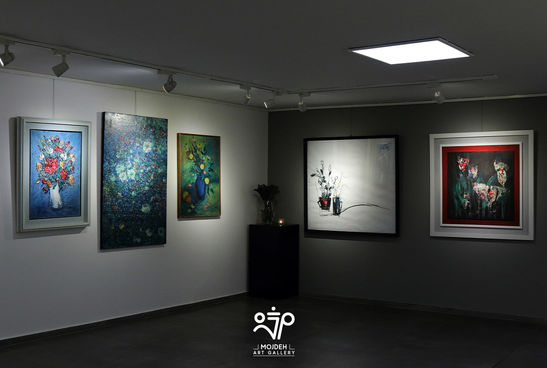Mehdi Sahabi a Retrospective

“Mehdi Sahabi a Retrospective", a bilingual book (Persian-English) is divided into two literary and visual sections. It was published in the summer of 20021 in collaboration with the Tehran Museum of Contemporary Arts, Mojdeh Art Gallery and the Sahabi Foundation, coinciding with an exhibition of the artist’s works at the Tehran Museum of Contemporary Arts. The literary section begins with an introduction, preface, and the artist’s biography, followed by 11 articles that analyze various aspects of Mehdi Sahabi’s 13 collections of visual and literary works. The book’s structure is designed to provide a comprehensive understanding of Mehdi Sahabi, starting with the significance of his absence in the current Iranian art and literary community in the preface section written by Ehsan Aghaei, former Director of Tehran Museum of Contemporary Arts. Mojdeh Tabatabaei, the book's curator, highlights this importance and outlines the project's execution in the introduction section. The biography section, written by Saadat Afzood, provides a detailed overview of Mehdi Sahabi's personal and professional life.
The articles by Dr. Hamid Reza Shairi, Dr. Marzieh Athari Nikazm, Zeinab Golstani Dero, and Sohrab Ahmadi are semiotic analyses of Sahabi's visual works. Dr. Hassan Namakdoost and Naser Tejareh, both longtime friends and colleagues of Sahabi in the field of journalism, examine his professional career, offering insights into historical events and his presence in this profession. Shakiba Parvarsh explores Sahabi's collection of Icons, Pezhman Nazarzad abkenar delves into the collection of Junkyard Cars, Hoofer Haghighi analyzes the photomontages, and Bahnam Kamrani criticizes and analyzes the Graffiti collection. Alongside these academic articles, Ali Bakhtiari provides a concise yet engaging review of Mehdi Sahabi, his works, and his contributions to Iranian culture and art. As mentioned, the articles cover a wide range of concepts due to Sahabi’s variety of works, from scholarly and research-oriented articles to more narrative articles, aimed at familiarizing the audience with Sahabi to a greater extent. Following the articles, the pictorial and visual section of the book begins, including 13 sections encompassing Sahabi's works, such as Junkyard Cars, Figure, Portrait, Mask, Collage, Hoard of Achaemenids, Flower, Bird and Box, Column, Little Man, Graffiti, Photograph, and Books and Publications.
In the visual section of the book, personal negatives of the artist, which had not been seen before, have been scanned and used, additionally, the collection of photos from “Revoloution” by Sahabi has also been published for the first time in this book. The compilation presented in this book effectively sheds light on all aspects of the multifaceted life of this artist, which were previously only apparent through his translator aspect for the readers; In other words, it can be said that this book has fulfilled its mission of raising awareness and preserving Mehdi Sahabi's position in the Iranian artistic and literary community.
Saadat Afzood


